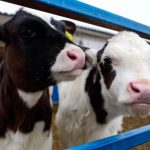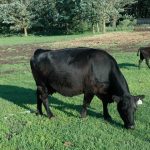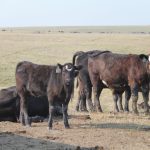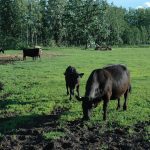
There’s value in adding biotin to dairy diets
Important to milk production and hoof health, biotin can get lost in the nutrient shuffle

Cull beef cows are pure economics
One producer finds there is no good reason to keep an open cow

Pencil out the economics of backgrounding
Working through a "what-if" scenario helps in deciding whether to feed

Keeping replacement heifers in ideal body condition
You don't want them too thin or too fat — aim for somewhere in between

Cow nutrition now has huge impact on 2023 calves
Keeping animals properly fed this fall will lead to high-performing calves next year

Several symptoms relate to copper deficiency
Poor pregnancy rates and lots of foot rot are common indicators of insufficient amounts

Working dry corn silage into dairy diets
It's important to have it tested, regardless of feed moisture levels

Revisiting hairy heel warts in dairy cows
Proper nutrition and good sanitation in the barn help to reduce disease risk

Beware of liver fluke invasion on wet pastures
Parasite infection can result in animal weight loss and reduced body condition

How does creep feeding pencil out for 2022?
There may be a profit, but producer needs to decide if it is enough


